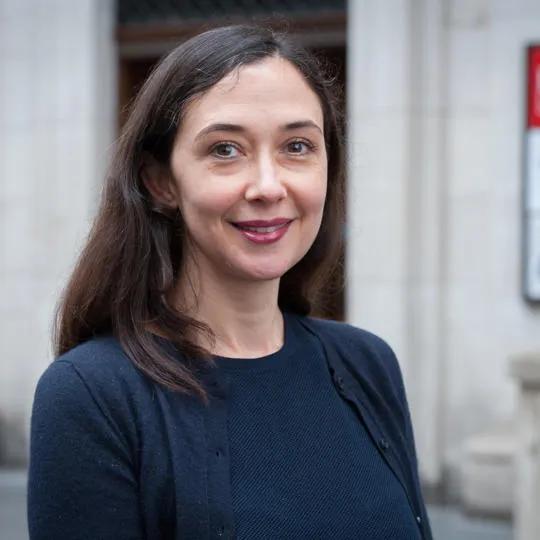Please note: this event has passed
About the Event
The Qatar Centre for Global Banking & Finance welcomes Timothy Jackson from the University of Liverpool to present this virtual seminar.
Paper Abstract
After the Global Financial Crisis, central banks balance sheets have increased around the globe. A pressing question among central banks is how large balance sheet should be and what are the criteria dictating their optimal size. We show that the socially optimal size of the central bank balance sheet depends on: 1) the size of government debt and 2) the spread that banks apply on their loans relative to the interest paid on their deposits. When banks face a leverage constraint, level of credit is below what it should be in a frictionless economy: capital is too low. Giving banks further access to lending opportunities (more assets) increases their revenue and thus their net-worth hence reducing leverage and increasing efficiency. Providing banks with more business opportunity goes in the direction of a subsidy. When public debt is too large, banks might hold too much of it, i.e. beyond the efficient level. In this case the central bank should absorb some of that, eg issuing reserves, if these pay a lower return than government debt. If public debt is too scarce, though, the central bank should avoid reducing it further by holding it in their balance sheet. This argument gives rise to an optimal size of the central bank balance sheet, a CbBs-star.



